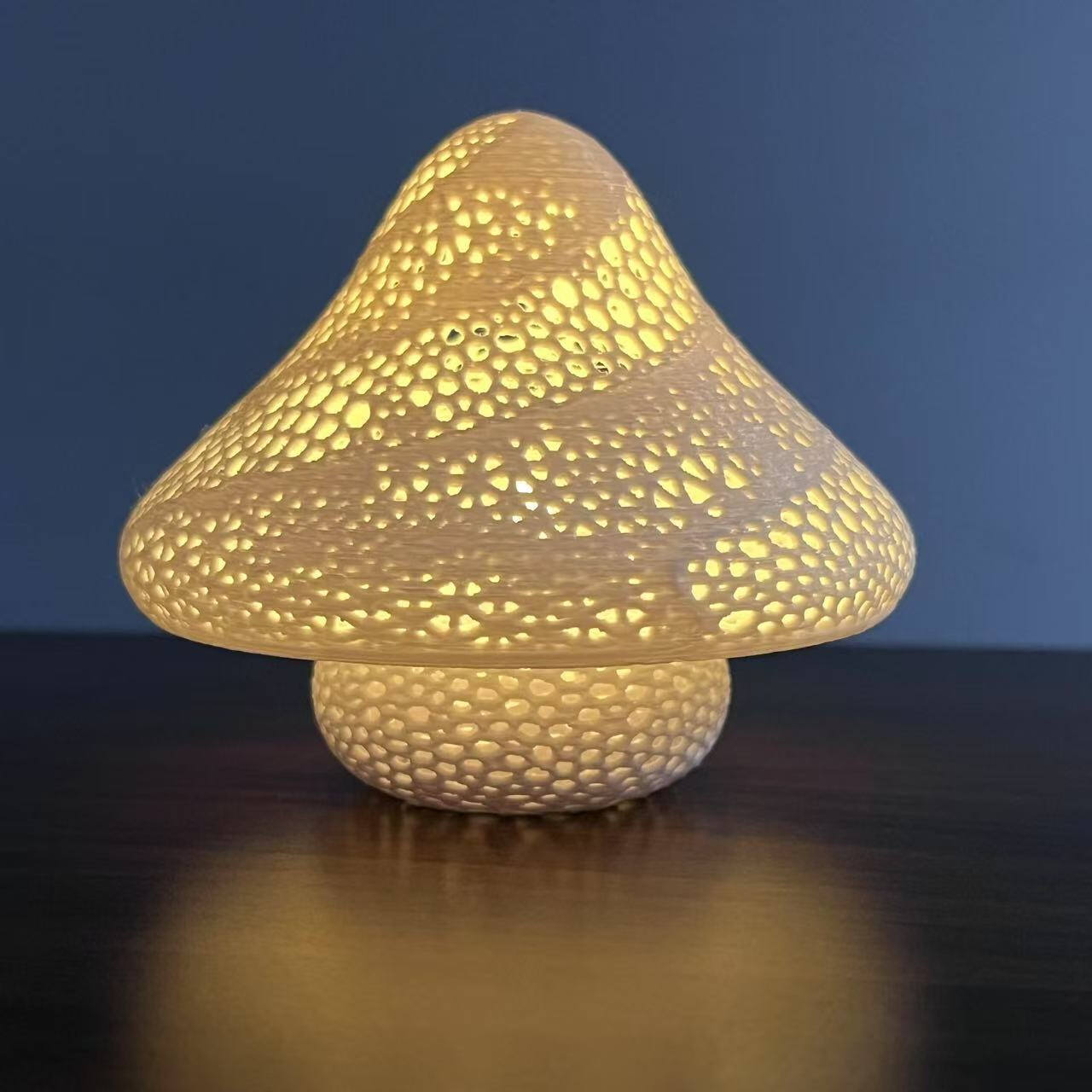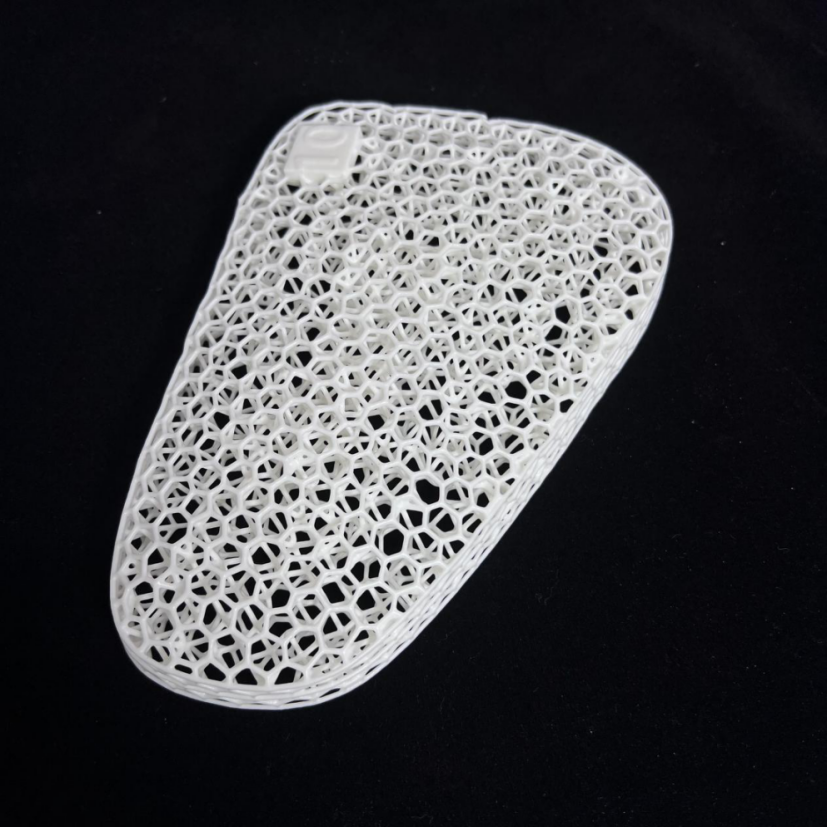rapid prototype casting
Rapid prototype casting is an innovative manufacturing process that combines traditional casting methods with modern rapid prototyping technologies. This advanced technique enables manufacturers to create complex metal components quickly and efficiently, without the need for expensive tooling or lengthy setup times. The process begins with creating a 3D CAD model, which is then used to produce a pattern typically using 3D printing or other rapid prototyping methods. These patterns are then used to create molds for the casting process, allowing for the production of metal parts with intricate geometries and fine details. The technology has revolutionized the prototyping and small-batch production landscape by significantly reducing lead times and costs while maintaining high quality standards. It's particularly valuable in industries such as aerospace, automotive, and medical device manufacturing, where complex metal components are required in smaller quantities or for prototype testing. The process supports a wide range of metals and alloys, making it versatile for various applications. Furthermore, rapid prototype casting enables design iterations and modifications to be implemented quickly, facilitating faster product development cycles and time-to-market.


